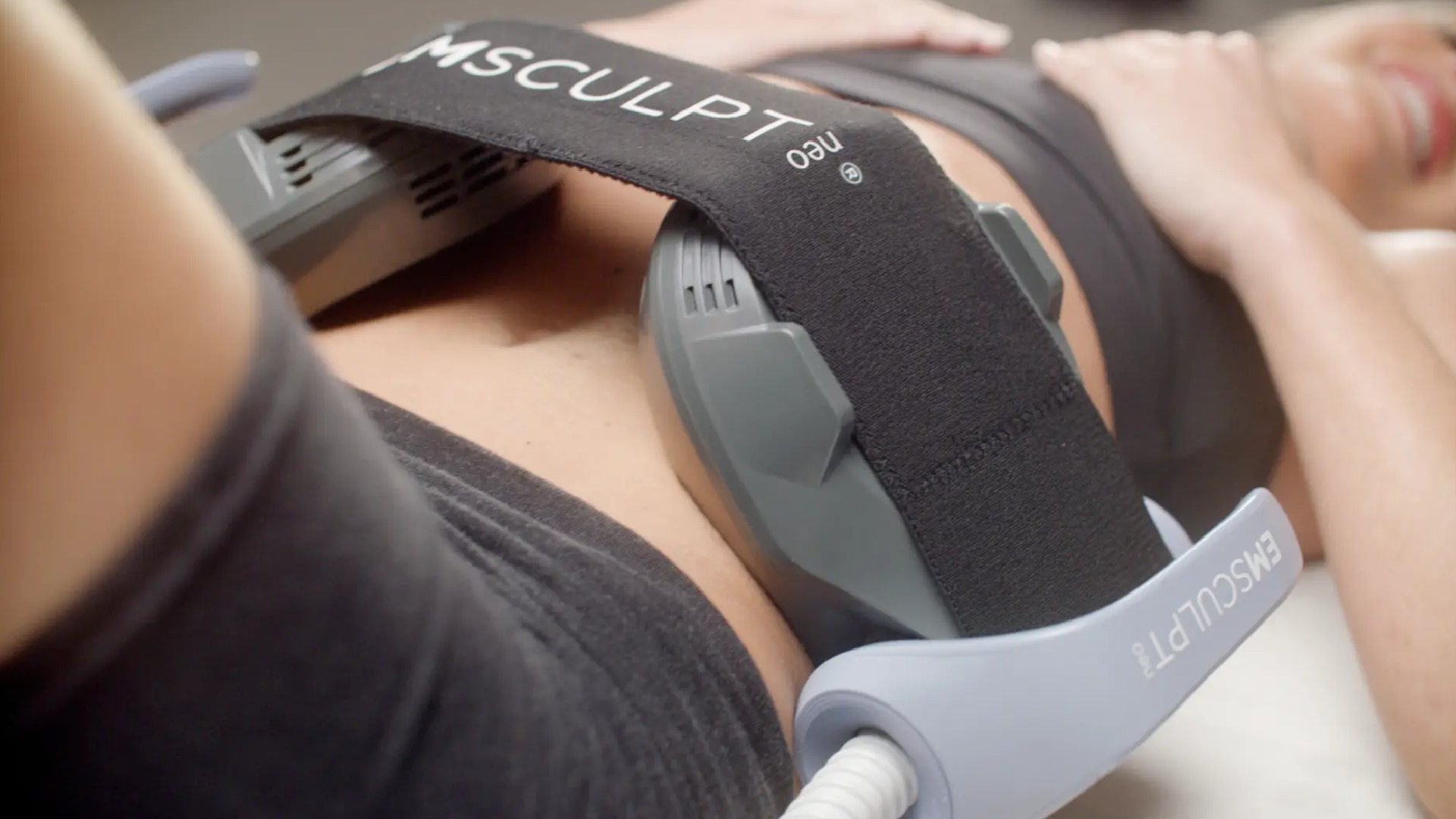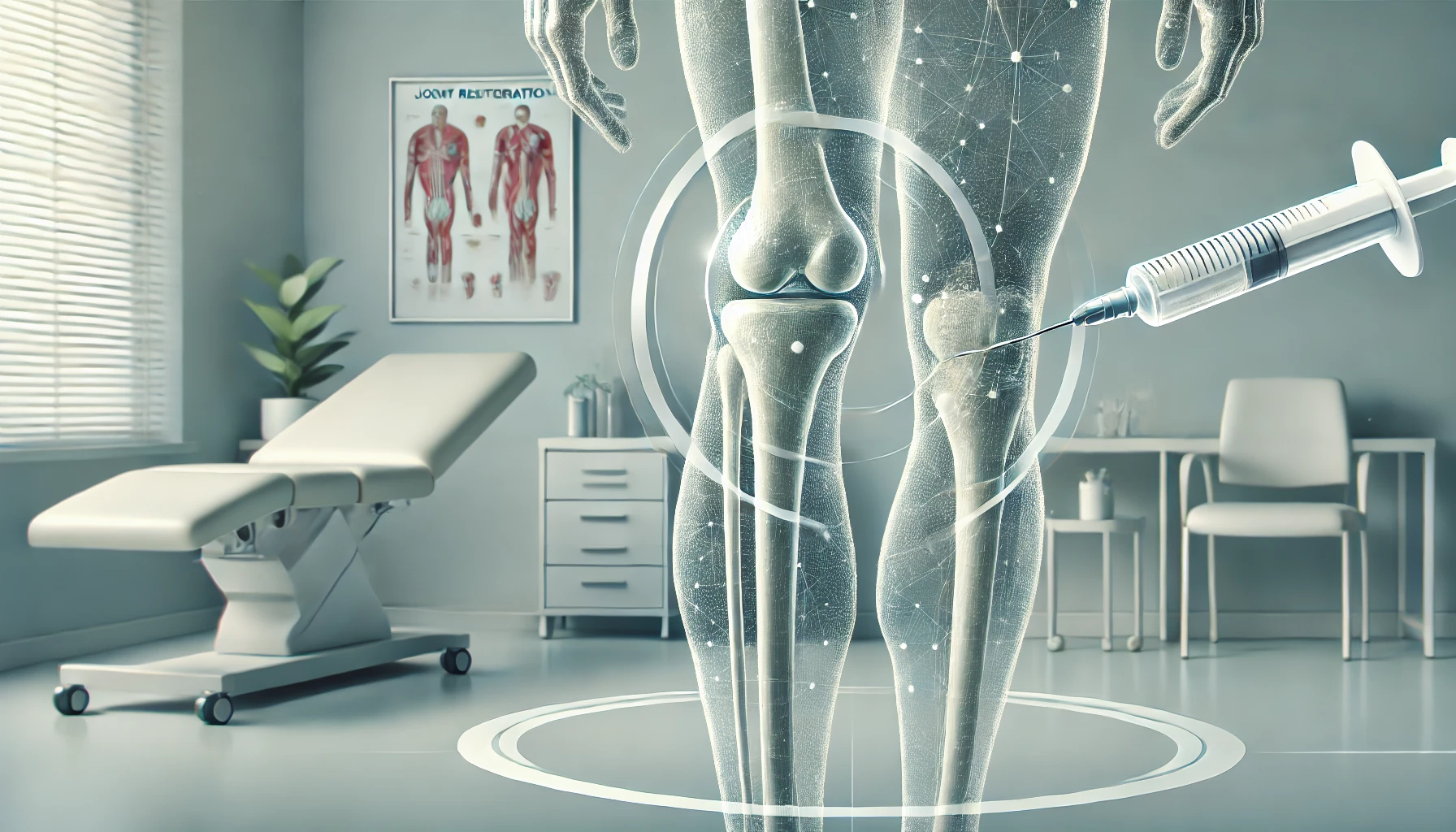Introduction to Medical Spa Technology Evolution
The evolution of medical spa technology is reshaping the landscape of aesthetic treatments, driving significant advancements in operational efficiency and patient satisfaction. Recent trends indicate a surge in the adoption of innovative technologies such as non-invasive procedures, laser therapy, and advanced skincare technologies that cater to a growing demand for safer, more effective treatments. For instance, the medical biopreservation equipment market is projected to grow from approximately $3.8 billion in 2024 to about $6.2 billion by 2034, reflecting the increasing reliance on advanced technologies in medical practices.
Moreover, the integration of digital health platforms enhances patient engagement, allowing for streamlined communication and improved access to services. This technological infusion is not merely a trend but a necessity for medical spas aiming to retain competitive advantages. By utilizing patient engagement solutions, medical spas can track patient satisfaction and streamline processes—thereby significantly enhancing operational efficiency [Source: OpenPR].
In an industry where customer experience is paramount, staying abreast of technological advancements can have far-reaching implications. Embracing these trends not only meets contemporary expectations but also positions medical spas at the forefront of innovation, ensuring they remain relevant and responsive to patient needs. For a deeper insight into modern trends, refer to our article on med spa trends.
Revolutionary Equipment and Procedures on the Horizon
Innovations in medical technology are set to transform healthcare by 2025, featuring advancements in robotic surgical systems, skin treatments, and AI-driven diagnostics.
Robotic Surgical Systems
The future of surgery is being redefined with next-generation robotic systems like the EndoQuest, which recently completed its first procedures. This system combines the flexibility of endoscopy with the precision of robotic techniques, allowing for minimally invasive surgeries while navigating complex anatomical structures [Source: Robotics and Automation News]. Vicarious Surgical is also making strides, collaborating with UMass Memorial Medical Center to enhance the adoption of its robotic systems for improved patient outcomes [Source: MedTech Dive].
Advanced Skin Treatments
In dermatology, cutting-edge treatments are emerging that utilize AI to personalize skincare solutions. Companies like Haut.AI are leading the way by integrating AI into skincare products, which allows for tailored recommendations based on individual skin types and concerns. This approach is set to revolutionize how consumers interact with skin care, making treatments more effective and sustainable [Source: Cosmetics Business].
AI-Driven Diagnostics
Artificial intelligence is accelerating diagnostic procedures, enhancing speed and accuracy in healthcare settings. The FDA has established key positions to drive AI integration in medical devices, facilitating quicker regulatory reviews and bringing innovations to market faster. This focus on AI will streamline diagnostics, enabling healthcare providers to deliver timely and precise care [Source: MedTech Dive]. As AI technologies evolve, they will not only augment diagnostics but will also allow for predictive analytics in patient care, improving overall healthcare delivery.
The integration of these revolutionary devices and procedures heralds a new era in medical treatment, promising enhanced patient outcomes and more personalized care by 2025.
Integration of Digital Platforms in Patient Engagement
The integration of digital platforms in patient engagement has become a pivotal trend for medical spas, significantly enhancing both interaction and satisfaction. Digital health platforms, including telemedicine and mobile health applications, facilitate seamless communication between patients and providers, fostering a more engaged patient experience. For example, the patient engagement solution market is witnessing substantial growth, driven by innovative digital solutions that streamline operations and enhance service delivery [Source: Coherent Market Insights].
Medical spas can adopt various innovative solutions, such as personalized mobile applications, to facilitate appointment scheduling, follow-up reminders, and educational resources that empower patients. This approach not only improves patient satisfaction but also minimizes administrative burdens [Source: HIT Consultant]. Moreover, AI-driven tools can further enhance engagement by offering tailored recommendations based on patient preferences and history, creating a more individualized experience.
According to recent insights, the implementation of these digital tools can significantly bridge the trust gap identified in patient interactions, emphasizing the importance of designing technology with user experience at its core [Source: Financial Times]. As medical spas continue to evolve, integrating these digital health platforms will not only improve operational efficiency but also transform the overall patient experience.
Navigating Regulatory Challenges and Future Directions
The regulatory landscape surrounding medical spas is both complex and evolving, significantly impacting the technologies these establishments utilize. Compliance with local, state, and federal regulations is paramount, especially as technologies advance. Adhering to guidelines from the Food and Drug Administration (FDA) and similar entities ensures that patient safety and treatment efficacy remain priorities. For instance, recent discussions emphasize that “regulatory frameworks must evolve to balance rapid innovation with robust safeguards to ensure patient safety and foster trust” in new medical technologies, such as artificial intelligence applications in patient care [Source: HitConsultant].
To navigate these challenges, medical spas should adopt best practices focusing on transparency, rigorous training, and continuous education for staff. This includes keeping abreast of changes in regulations, which can vary significantly depending on the type of treatments offered. Additionally, implementing compliance programs that routinely evaluate procedures against regulatory standards is crucial.
Looking to the future, several trends are expected to shape the medical spa industry. The incorporation of next-generation technologies, such as bioelectronic devices and advanced imaging systems, is on the rise. Reports indicate strong growth in markets such as medical biopreservation and advanced treatment modalities, signaling an industry trend towards embracing innovative healthcare solutions [Source: GlobeNewswire].
As these advancements unfold, medical spas must continuously adapt to remain competitive, ensuring not only compliance but also the delivery of cutting-edge treatments that meet patient demands. Furthermore, engaging with technology standards organizations can help med spas stay informed and prepared for developing best practices that ensure compliance while fostering operational excellence. By prioritizing regulatory knowledge and embracing innovative treatments, medical spas can effectively position themselves for success in a rapidly evolving landscape.
Sources
- Cosmetics Business – Haut.AI to present on AI in sustainable cosmetics
- GlobeNewswire – Medical Biopreservation Equipment Market Trends, Insights, and Future Outlook
- HIT Consultant – 2025 Future Health Index Report
- Financial Times – Bridging the Trust Gap with Digital Tools
- MedTech Dive – FDA names AI chief
- MedTech Dive – Vicarious Surgical Collaborates with UMass
- Robotics and Automation News – First Procedures Completed with EndoQuest’s Robotic Surgery System
- OpenPR – Patient Engagement Solution Market Rising with Focus on Digital








